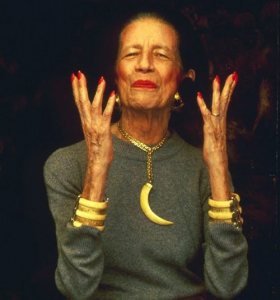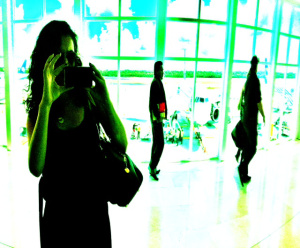As an ongoing practice in creativity, I investigate the world with magnified eyes. I have been using my iPhone as a lens to capture the rare moments where something strikes me as evidence of creativity, that is, symbols of the imagination unfettered by logic, stamped in the visual landscape. I click on that moment as I attempt to seize that picture. I then allow these photos to guide me to the heart of the matter, linking me to the multi-sensory world around us. In the end, it’s about linking me to you and us to us–all beings and senses combined–and its especially the case when I transform into an aesthete-spy. An aesthete-spy observes you. We connect without you knowing. Or, do you?
aes·thete or es·thete (n):
1. One who cultivates an unusually high sensitivity to beauty, as in art or nature.
2. One whose pursuit and admiration of beauty is regarded as excessive or affected.
The heart of the matter is what we hunt for, long for, allure to. Often times it is without logical reason. The matter may be the frame of the portrait, the color schema, the patterns, angles and/or textures of what you see, hear, smell or feel. It’s what may be missing, yet to be unfolded or has always been right in front of you. This is why we rely on artists and aesthete-spies to magnify, follow and document the trends sunk deep into the matter. In a way, we are like Diana, the Roman goddess of the hunt. Clues are our prey.
 I recently saw the documentary on another aesthetic huntress, Diana Vreeland. The film is called “Diana Vreeland: The Eye Has to Travel” and it is worth a watch. She was a noted columnist and editor of Harper’s Bazaar and Vogue magazine. The film presents an important depiction of this iconic woman. She was a wife, a mother, a socialite, a creative professional and an aesthete-spy. She was attuned to the physique and mystique congruent with being a femme of her epoch. It seems that the basis of her success was providing a visual landscape that transcended the matter of magazine and transported women to faraway lands. Check out her editorial here.
I recently saw the documentary on another aesthetic huntress, Diana Vreeland. The film is called “Diana Vreeland: The Eye Has to Travel” and it is worth a watch. She was a noted columnist and editor of Harper’s Bazaar and Vogue magazine. The film presents an important depiction of this iconic woman. She was a wife, a mother, a socialite, a creative professional and an aesthete-spy. She was attuned to the physique and mystique congruent with being a femme of her epoch. It seems that the basis of her success was providing a visual landscape that transcended the matter of magazine and transported women to faraway lands. Check out her editorial here.
Diana Vreeland explained, “I think part of my success as an editor came from never worrying about a fact, a cause, an atmosphere. It was me—projecting to the public. That was my job. I think I always had a perfectly clear view of what was possible for the public. Give ‘em what they never knew they wanted.”
For the professional aesthete-spy (and those in the making), Vreeland provides us a critical clue: How do we attune to the world around us in order to find those clues? How do those clues give us insight that will connect us to our audience and give them “what they never knew they wanted”?
I am learning this lesson myself. The title of the film (“Diana Vreeland: The Eye Has to Travel”) gives me, another aesthete-spy named Diana, a sense of what a clue may be. Let your eyes travel because they must. When they do, follow and document, relentlessly.

